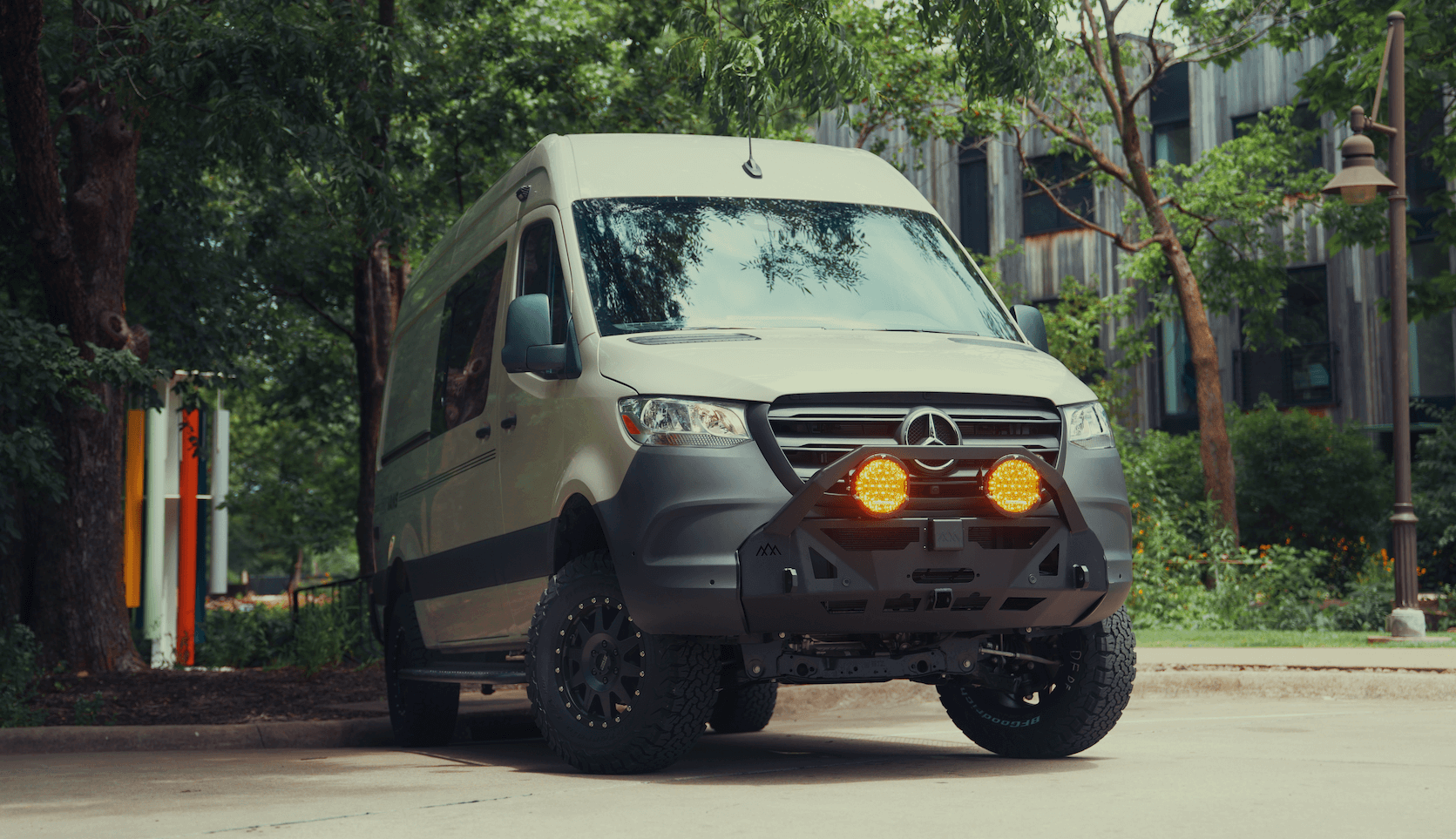Recreational Vans

Adding 120v outlets in a van starts with the source. Most builds pull household style power from an inverter connected to the battery bank, from a shore power inlet at campgrounds and driveways, or from a generator. Inverters convert 12v DC to 120v AC, and pure sine models keep fridges, laptops, and induction cooktops happier and quieter. Shore power offers steady supply for charging batteries and running high draw devices without draining the bank. A transfer switch decides which source feeds your subpanel so both sources never energize the same bus at once.
Choose inverter size by the largest load you plan to run and its surge rating. Induction cooktops, microwaves, and space heaters spike on startup, so check nameplates and add headroom. For shore power, a 15 or 30 amp inlet is common. A transfer switch can be manual or automatic, and many inverter chargers include one. Neutral bonding must happen at the source only. On shore, the park pedestal bonds neutral; on inverter, many units create a bond internally when operating, then open it when on shore. Avoid duplicate bonds to prevent shock risk and nuisance trips.
Treat your van’s AC system like a small home with motion and vibration in mind. Place a compact AC subpanel after the transfer switch with branch breakers sized for each circuit. Use GFCI protection for any receptacle within a galley, near a sink, or where moisture may be present. One upstream GFCI device can protect all downstream outlets on that run if wired on the load side with correct labeling.
Match wire gauge to breaker size. Use 14 AWG for 15 amp circuits and 12 AWG for 20 amp. In mobile environments, stranded marine grade tinned copper handles vibration better than solid cable. Protect AC cabling in conduit or loom where it passes through metal, and use proper strain reliefs at panels, inlets, and devices. Label every circuit, from inlet to outlet, and keep a one line diagram in the van for quick troubleshooting.
Think about how you live in the space. Galley counters often need two outlets, one near the prep area and one near the cooktop. A workstation benefits from a duplex above the desk with a separate run for sensitive electronics. Place a receptacle near the garage area for chargers and air pumps. Use tamper resistant receptacles, and choose weather resistant versions near slider or rear doors. Keep outlets clear of spray zones, plumbing penetrations, and drawer slides.
Overcommitting a small battery bank to heavy AC loads is the fastest way to kill a trip. Resistive heaters, hair dryers, and large coffee makers draw more current than many mobile systems can support for long. Daisy chaining too many outlets on one GFCI can complicate fault finding. Skipping a transfer switch or misbonding neutral can cause shocks or trip breakers unpredictably. Always test with a receptacle polarity tester and a GFCI test, then verify inverter and shore modes separately.
A balanced system supports your 120v outlets without drama. Pair the inverter with a charger that replenishes the battery bank from shore power, and consider a DC to DC charger to pull safe current from the alternator while driving. Solar can handle background loads and recharge on sunny days, but do not rely on it alone for heavy AC appliances. Size the battery bank for realistic daily watt hours, not wish lists. Track your actual usage for a week to confirm assumptions, then add a margin for cold weather and cloudy days.
Secure all components to rigid structure and allow ventilation around inverters and chargers. Keep AC and DC runs separate where possible to reduce interference. Use drip loops and elevated cable paths to keep water away from terminations. A tidy install is easier to cool, easier to trace, and safer under hard braking.
If wiring diagrams, neutral bonding, and breaker coordination feel murky, that is a sign to hand the job to qualified installers. A professional can design an AC system that fits your layout, protects your family, and passes a common sense safety check. You get quiet outlets that simply work, whether you are plugged into shore power or running from your battery bank.
At OZK Customs, we design and build vans that feel effortless to live with. Our team integrates 120v outlets with pure sine inverter chargers, GFCI protection, transfer switches, and compact subpanels, all routed cleanly for service and upgrades. Explore our recreational vans to see how power systems support real travel. If you want a ground up solution, visit our custom build van page. Looking for a finance friendly platform to upfit, start with our mainstream vans.
Strong finishes matter as much as smart diagrams. We route AC and DC with service loops, protect cabling at every pass through, and document the system so any tech can follow it years later. Tell us how you cook, work, and charge gear, and we will tailor the number and placement of outlets for your daily rhythm.
Tell us about your 120v needs, the devices you run, and where you camp. We will design a safe, quiet power system that gives you dependable household style outlets on the road. Start your build conversation today and let OZK Customs turn your wish list into a van that just works.
Ready for pro grade 120v outlets in your van? Our team designs and installs safe, quiet power systems with GFCI protection, transfer switches, and clean routing. Tell us how you travel, and we will build a solution that fits your gear and your routes. Start your custom van power plan today.
ADDRESS:
6159 E Huntsville Rd, Fayetteville, AR 72701
PHONE:
(479) 326-9200
EMAIL:
info@ozkvans.com